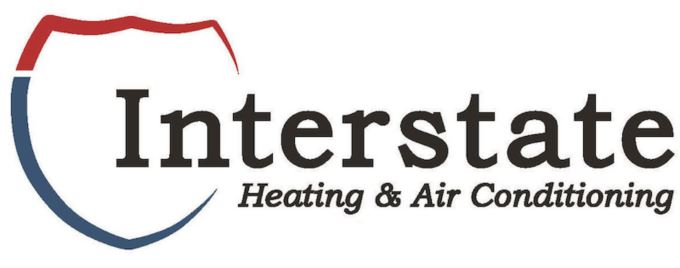
You shouldn’t have to compromise on comfort or drain your wallet to keep your home at a pleasant temperature during muggy weather.
But what is the best temperature, exactly? We discuss recommendations from energy professionals so you can find the best temp for your loved ones.
Here’s what we suggest for the most energy-efficient setting for air conditioning in Omaha.
Recommended Thermostat Settings for Summer
Most families find using the thermostat at 72-73 degrees is most comfortable. However, if there’s a big difference between your indoor and exterior temps, your electrical bills will be greater.
These are our recommendations based on the U.S. Department of Energy (DOE) and ENERGY STAR®.
While at home: 78 degrees. While that seems hot, there are approaches you can keep your home refreshing without having the air conditioner running constantly.
Keeping windows and blinds closed during the day keeps cold air where it needs to be—indoors. Some window coverings, including honeycomb shades or plantation shutters, are made to deliver extra insulation and enhanced energy efficiency.
If you have ceiling fans in your home, the DOE says you can move thermostat temperatures about 4 degrees warmer without sacrificing comfort. That’s due to the fact they freshen through a windchill effect. As they cool people, not areas, turn them off when you leave a room.
If 78 degrees still feels too warm on the surface, try running an experiment for a week or so. Get started by upping your thermostat to 78 degrees while you’re home. Then, progressively decrease it while following the advice above. You may be surprised at how cool you feel at a higher temperature setting.
While away: 88 degrees. There’s no rationale for keeping the air conditioning working all day while your residence is empty. Turning the temperature 7–10 degrees warmer can save you anywhere from 5–15% on your cooling expenses, according to the DOE.
When you get home, don’t be tempted to switch your thermostat colder than 78 to cool your residence more quickly. This isn’t useful and typically results in a bigger electrical expense.
A programmable thermostat is a helpful way to keep your settings in check, but you have to set programs. If you don’t utilize programs, you risk forgetting to move the set temperature when you take off.
If you want a convenient fix, think over installing a smart thermostat. This thermostat links with your phone, so it is aware when you’re at your residence and when you’re gone. Then it automatically modifies temperature settings for the best savings. How much exactly? An estimated $180 each year on heating and cooling, according to ENERGY STAR.
Another advantage of having a smart thermostat? You can use your phone to monitor and regulate temperature settings from nearly anywhere.
While sleeping: Around 70 degrees. While ENERGY STAR recommends 82 degrees, that could be unpleasant for most families. Most people sleep better when their sleeping space is chilled, so that’s why the National Sleep Foundation recommends 60–67 degrees. But that might be too chilly, due to your clothing and blanket preference.
We recommend running an equivalent test over a week, moving your thermostat higher and progressively decreasing it to pinpoint the ideal temperature for your family. On mild nights, you may discover keeping windows open at night and running a ceiling fan is a better idea than operating the air conditioning.
More Ways to Conserve Energy During Warm Weather
There are other approaches you can spend less money on cooling bills throughout warm weather.
- Install an energy-efficient AC system. Central air conditioners only last about 12–15 years and become less efficient as they age. An upgraded air conditioner can keep your house comfier while keeping electrical bills low.
- Schedule regular air conditioner tune-ups. Routine air conditioner maintenance keeps your system running properly and might help it work at better efficiency. It can also help extend its life cycle, since it enables techs to find little problems before they lead to a major meltdown.
- Switch air filters frequently. Use manufacturer instructions for switching your air filter. A dirty filter can result in your system short cycling, or turn on and off too often, and increase your cooling.
- Inspect attic insulation levels. Just about 90% of residences in the USA don’t have enough insulation, according to the Insulation Institute. Many southern climates should have 13–14” of attic insulation, while northern climates require 16–18”.
- Have your ductwork inspected. Ductwork that has come apart over time can seep cool air into your attic, walls or crawl space. This can create huge comfort problems in your residence, like hot and cold spots.
- Seal cracks, doors and windows. Keep hot air where it should be by closing openings. You can also caulk or weather strip doors to seal more cool air indoors.
Conserve More Energy During Hot Weather with Interstate Heating & Air Conditioning
If you are looking to use less energy during warm weather, our Interstate Heating & Air Conditioning specialists can assist you. Reach us at 402-509-5940 or contact us online for extra information about our energy-saving cooling options.
